My father’s extended family, the Murdocks and the Picketts, have been holding family reunions intermittently since 1982. For thirty-six years, I have gathered with relatives now scattered all over the country from our original home base in Joplin, Missouri, and the neighboring town of Galena, Kansas, where both of my parents grew up.
In Galena, Kansas, where my father, Patrick Murdock, was born, my grandmother, Margaret Murphy Murdock and her sister, Rose Anna Murphy Pickett, Patrick Murphy’s relatives, are remembered in a memorial stained-glass window in the charming little brick St. Patrick’s Church.
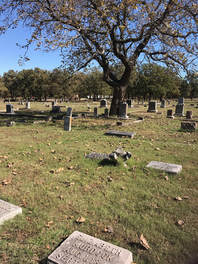
Our family reunions always focus on our affection for one another today and our love for our ancestors. Fortunately, my cousin, Margaret (Marny) Pickett, still a Missouri resident, and my nephew, Michael Murdock, a member of the next generation, have felt called to the study of genealogy, and both have done extensive research into our family history. Our reunions always include visits to the local cemeteries, and Marny and Michael know where all the bodies are buried. Cemeteries in the Ozarks are beautiful places, filled with gorgeous old monuments, ancient oak, walnut and magnolia trees, scampering squirrels and the graves of Civil War soldiers. We view our cemetery excursions as happy family outings, and we were blessed with cool, clear autumn weather and deep blue skies for our visits to the Galena Cemetery and Mount Hope.
Getting to Joplin from the Honolulu airport was no simple feat. My journey entailed a red-eye flight to San Jose where I met the co-author of myteaplanner.com, my niece Kathleen Pedulla (daughter of my sister, another Margaret Murdock,) followed by a connecting flight to Dallas, another flight to Tulsa, and a road trip up the Will Rogers Turnpike to Joplin.
Ever eager to explore, Kathleen and I kidnapped Marny for a short excursion on Highway 44 from Joplin to the town of Mansfield, Missouri, to visit the Baker Creek Seed Store and the Laura Ingalls Wilder Home and Museum, both nestled in the lovely rolling hills of the Ozarks. The Baker Creek Seed Store, located on one of the oldest homesteads in Missouri, is part of a low-key and not overly commercialized pioneer village where visitors are welcome to wander at leisure through the gardens, the herbal apothecary, the barns and the blacksmith shop. Chickens, turkeys and other poultry wander along with the guests, and very happy looking cattle moo among the black oak trees in their very green and peaceful meadow.
The Rippee family lived on this farm in the 1800s, trading with the local Osage Indians and caring for wounded and hungry Civil War soldiers. This quiet rural setting seems filled with echoes from the past, and we saw black-clad Amish farmers trotting along the side of the highway in their horse-drawn wagons as we approached the tranquil town of Mansfield. Visitors to the Seed Company really can buy seeds for their own vegetable and flower gardens, and an entire room in the old -fashioned mercantile store is devoted to sewing supplies, where home seamstresses can purchase bolts of cloth, notions and dress patterns to create hand-made clothing.
The sumac was turning red, squirrels frolicked under the oaks and among the fallen black walnuts, and maple leaves shimmered gold and orange in the bright afternoon sunlight. We were treated to the very best of autumn in the Ozarks.
On previous visits to Galena and Joplin, more than a touch of poignancy prevailed, as both towns appeared to be fading into disrepair and obscurity decades after the end of the mining boom. Galena, once the location of the world’s largest lead smelter, seemed no longer to have a reason even for existing. And when I traveled there twenty years ago to clean out my grandmother’s house after she died at the age of 103, there was not a single restaurant in Galena. I was hard pressed to find a loaf of edible bread and a carton of yogurt at a local grocery store. All that has changed due to some surprising twists of fate.

Ironically, another impetus for the revitalization of both Galena and Joplin was the May 2011 tornado which destroyed large portions of Joplin, requiring massive rebuilding. Galena assisted with the reconstruction by providing for the hauling and disposal of huge quantities of rubbish and debris. As a result, Galena now has a sparkling new Medical Center with a nice little café, the Red Onion, where we enjoyed a well-prepared and healthy lunch.
Our favorite eating places from our grandparents’ era, like Wilder’s and Fred and Red’s, are still thriving, essentially unchanged. At Wilder’s on Main Street, families can still gather after church for Sunday dinner or for steaks and Manhattans as our ancestors did on Saturday nights. Fred and Red’s a quirky chili, tamale, spaghetti and pie joint right on Highway 66, still serves the same chili my parents and grandparents ate at the same counter stools.
Highway 66 Chili is something of a local phenomenon, having no relationship whatsoever to Mexican or American Southwestern cuisine. My father made pots of Highway 66 Chili throughout my childhood, and he guarded his secret recipe, which strongly resembled Fred and Red’s, religiously. He did admit that no tomato should ever come near a bowl of Highway 66 Chili and refused to eat any chili that contained tomatoes in any form.
To my knowledge, Fred and Red’s has never divulged their recipe either, but just from snooping around the kitchen when my dad was cooking, I have surmised that the primary ingredients in Highway 66 Chili are high fat content ground beef, large dried red chilis, soaked and pulverized, cumin seeds and loads of salt.

At the end of our journey, cruising back down the turnpike to Tulsa, Kathleen and I relished one last dose of local food at the Cherokee Restaurant, a truck stop in Big Cabin, Oklahoma. Kathleen had the best pulled pork she had ever eaten, and I had a nostalgic and truly satisfying fried egg sandwich with potato salad, just like Grandma used to make.

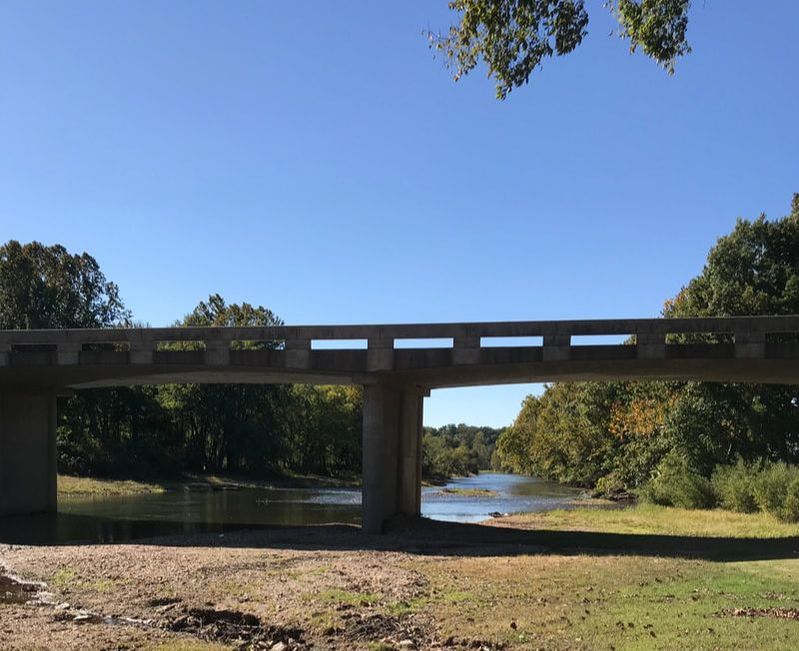
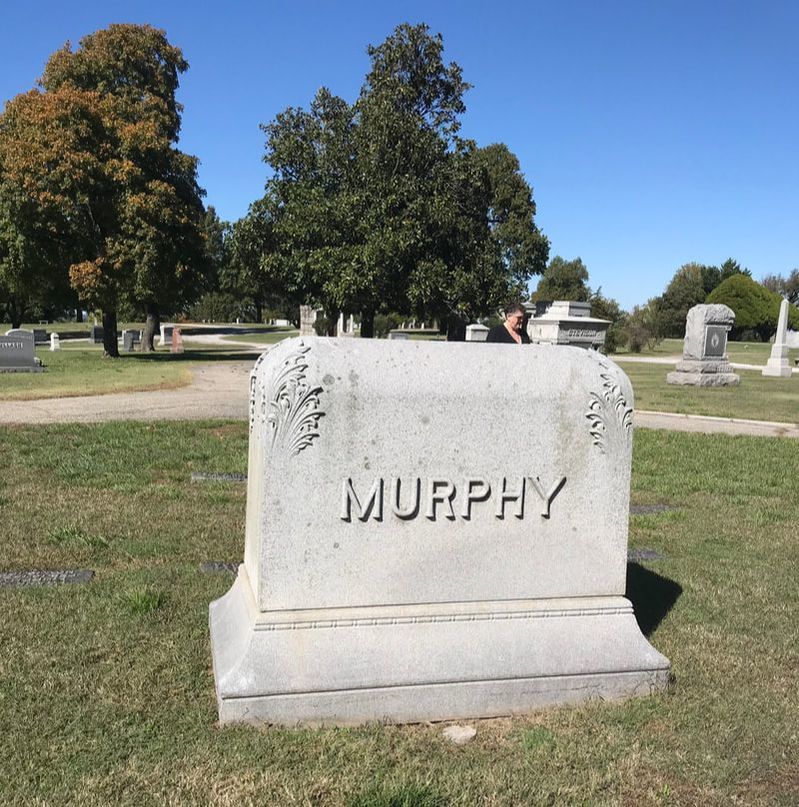





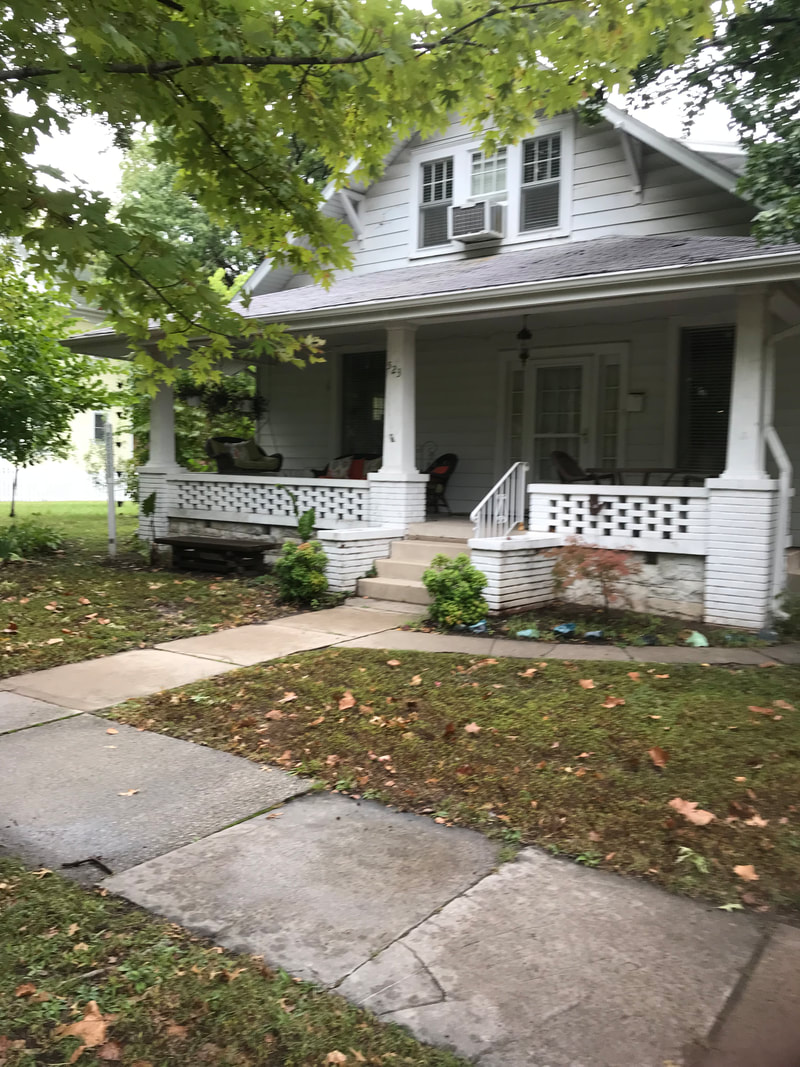

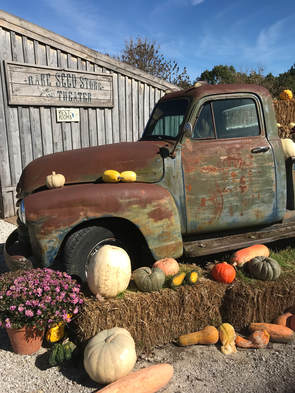
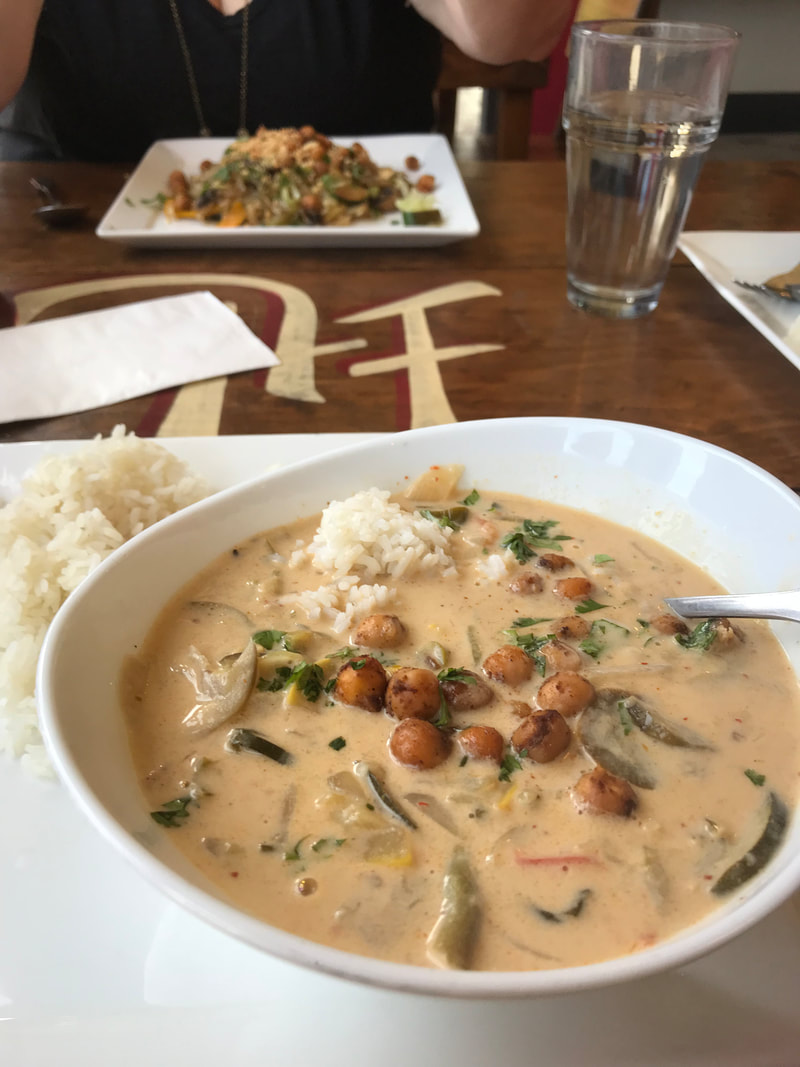



 RSS Feed
RSS Feed